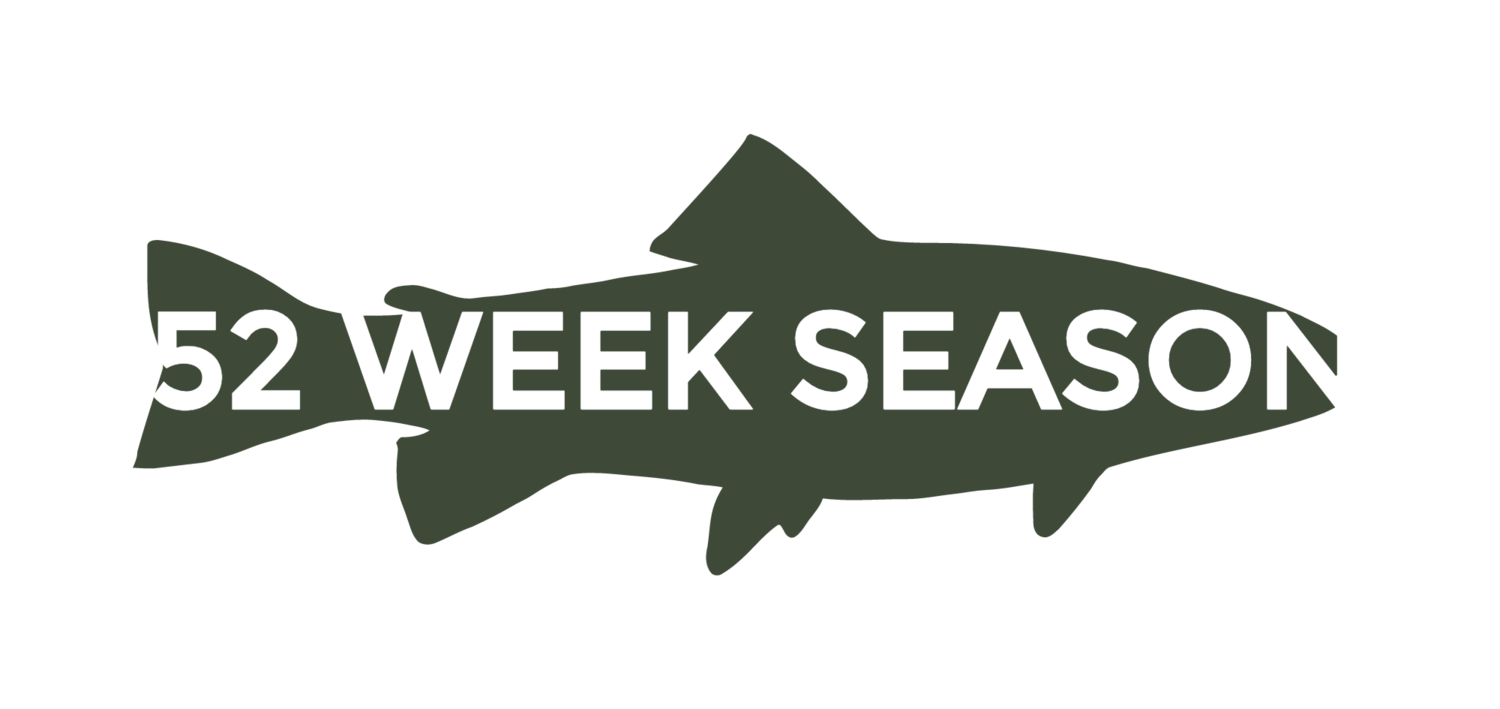Greg Senyo: Steelhead Alley Outfitters
Steelhead are some tough bastards. They are rainbow trout that decide to leave the relative sanctuary of rivers and battle it out in the big water for a couple of years where they grown into big bruisers that can exceed 30+ inches and 10+ pounds. They like high, cold water, and at least in the Great Lakes, it’s not uncommon to find yourself fishing for steelhead in a snow squall. They’re not easy to catch either: they’ve been called the fish of a thousand casts and when hooked can be like Mack trucks barreling down a city street.
Steelhead were first introduced to the Great Lakes in 1870s and 80s in Michigan with eggs obtained from the McCloud River system in California, and Pennsylvania began its modern stocking program in the early 1960s with fingerlings from Washington State. By 2016, a total of 2.3 million salmonids were stocked in Lake Erie, including 2 million steelhead and 1.1 million steelhead in Pennsylvania.
The heart of this fishery is Steelhead Alley and its mayor is Greg Senyo, who owns and operates Steelhead Alley Outfitters. Greg has his hand in a number of fly-fishing operations across the region, including Midwest Spey and Schultz Outfitters. He’s also a longtime contract tier for Orvis and has name on a number of dubbings, shanks, and streamers, and his author of Fusion Fly Tying: Steelhead, Salmon, and Trout Flies of the Synthetic Era.
I caught up Greg recently during the winter run, who gave some background on the a year of the life of a steelhead. Below are my questions in bold, followed by his answers.
Steelhead Alley
Where is Steelhead Alley?
Steelhead Alley is the southern shore of Lake Erie extending from Cleveland to Buffalo, with Erie, PA being the heart and soul of the fishery.
What are some of your “home waters”?
I'm born and raised on the banks of Pennsylvania’s Elk Creek, which is easily the most famous and well known steelhead stream on the alley.
What are some seasonal changes you watch for and anticipate in Steelhead Alley?
Our seasons are entirely based on seasonal steelhead migration and regional precipitation. We get water, we get fish!
Fall (Mid October thru November). This is our bread and butter! Steelhead start to show up mid October with the change from summer to fall. Seasonal precipitation and the first few cool nights will start the migration. This is the best time to catch a Lake Erie steelhead in peak physical condition.
Lake Erie steelhead
Winter (December thru February). Our Lake Erie Tributaries are spate streams, meaning they are entirely dependent on precipitation and run off to sustain river flows. The stream flows can become quite low, and we do experience ice over for at least some period during the winter. Early December is best bet for pooled up steelhead and very low fishing pressure. Some of our biggest steelhead are caught in December.
Spring (March thru May). Spring runs are in full motion and the spawn is on. Fishing typically will be good until water temperatures reach the 70 degree mark. At this point fish are already spawned and dropping out of the rivers quickly.
Summer (June-September). Migratory smallmouth bass fishing is exceptional in June and July. We also begin our hosted trip seasons in Alaska, Wyoming, Montana, etc... for trout and salmon.
What's the lifecycle of a steelhead through the four seasons and what do they feed on?
We have very little natural reproduction; smolt stocking programs maintain consistent steelhead numbers. Yearly plantings which migrate to Lake Erie's food rich environment and return when they mature to spawning age: Typically two years in the lake, but it varies based on forage base, predation, environmental changes, etc..
Greg with a nice steelie
What's the origin of your steelhead?
Rainbow trout were first introduced to Ohio in 1884. The initiation of the Ohio steelhead program in earnest began in 1975. A pivotal point was 1996-97 when the state switched to little Manistee (Michigan) strain fish and purchased Castalia state fish hatchery.
What are some of your favorite annual fishing traditions?
It Is more the anticipation and gratefulness that we have the type of fishery to begin with. Man has created something beneficial and truly remarkable here, but this fishery can be gone as fast as it was created. The region continues to change, and the rivers continue to experience water loss, habitat removal, urban sprawl, drought, etc... It's amazing that we still have strong runs of steelhead. The tradition is and should be to continue to manage and maintain this world class fishery.






